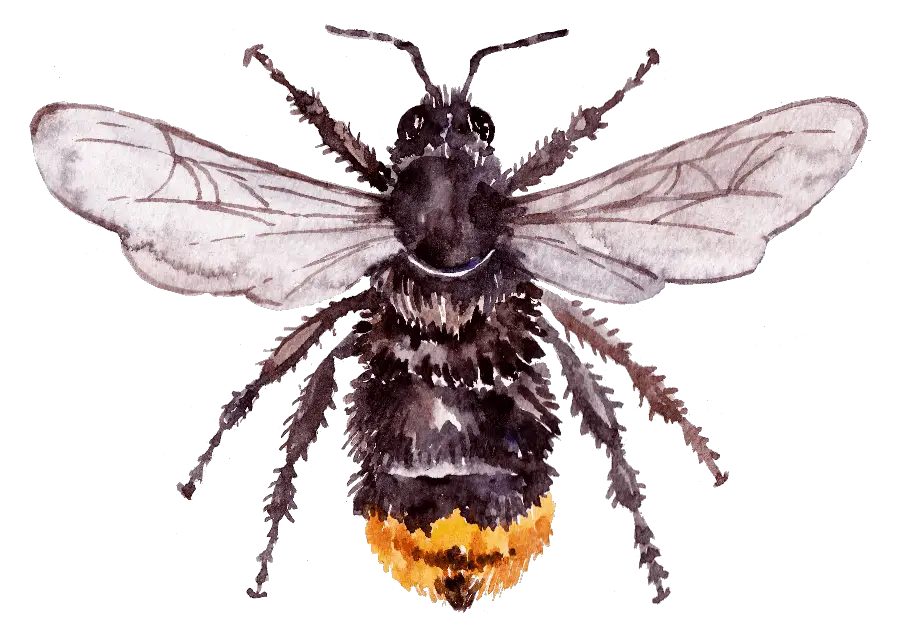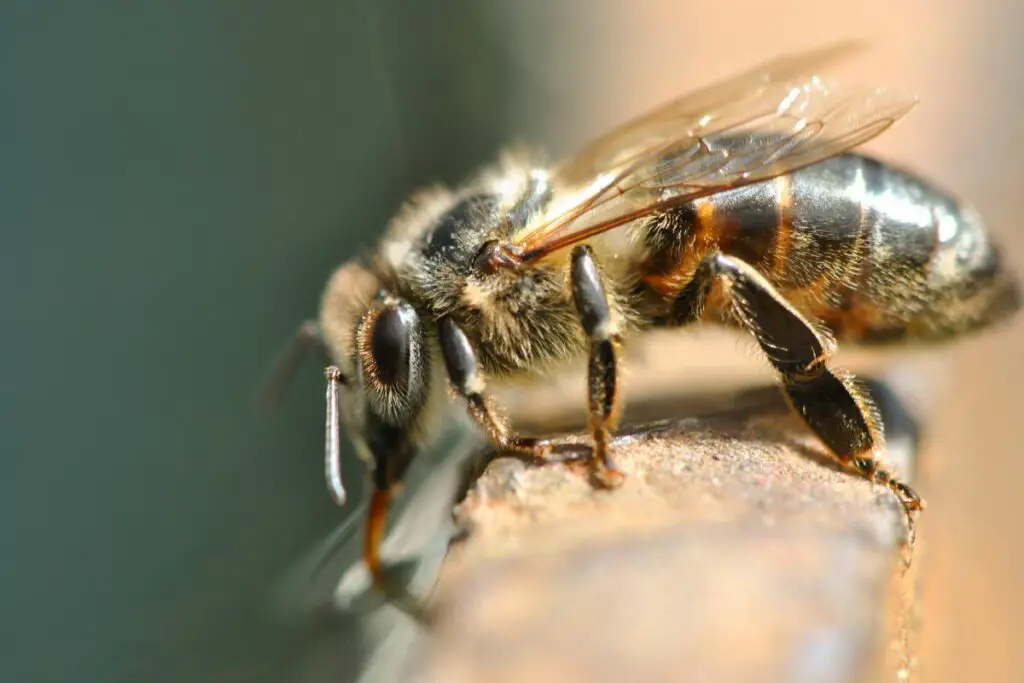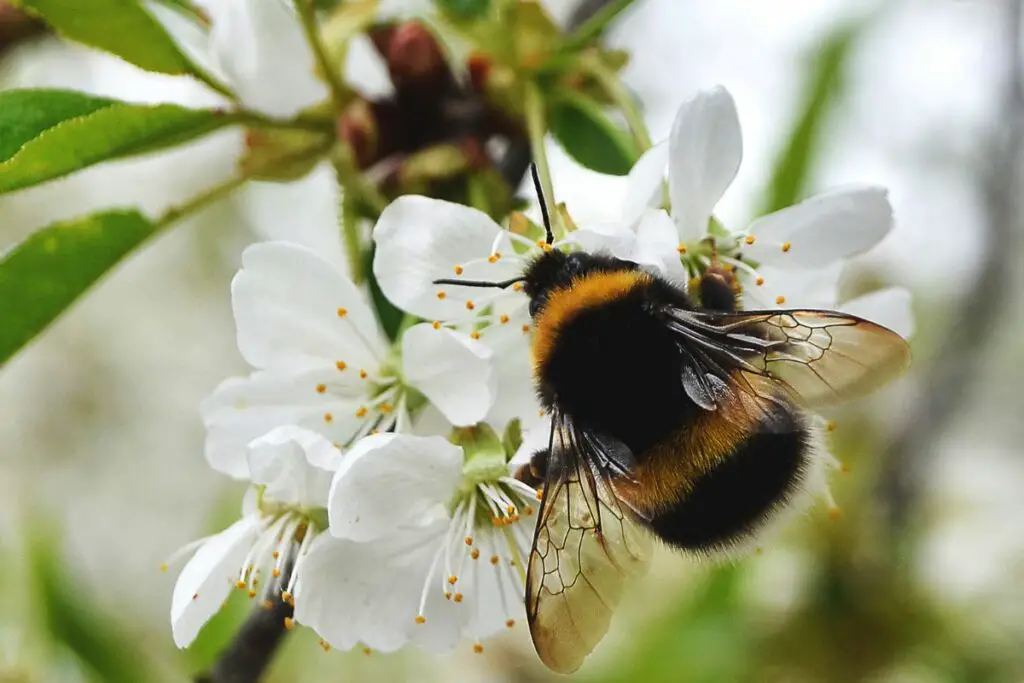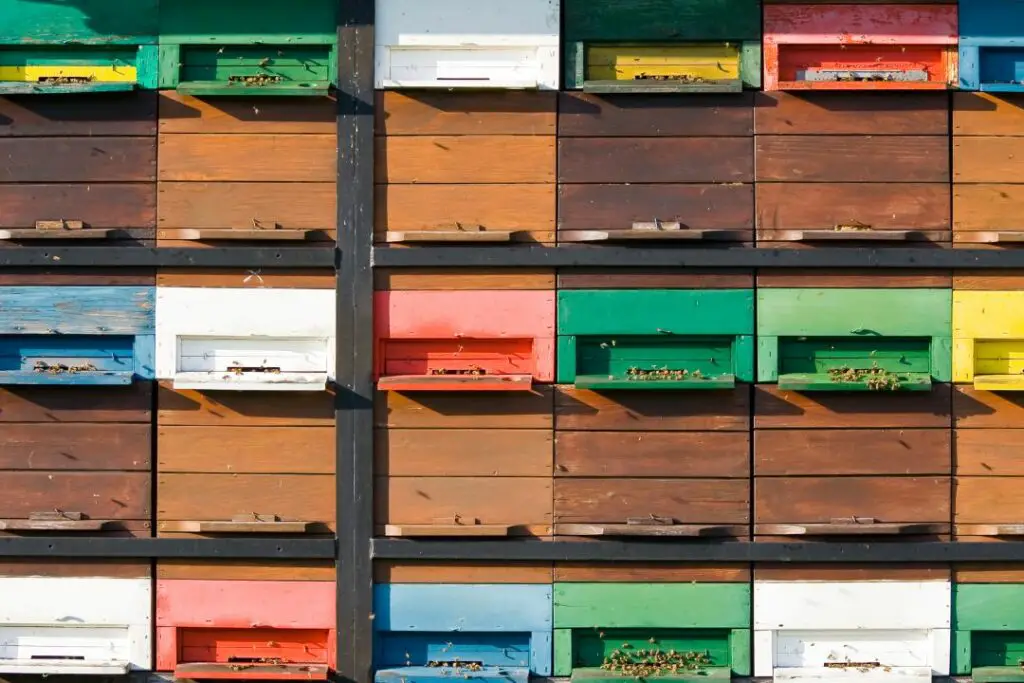Last updated on January 3rd, 2024 at 03:23 pm
The world of bees is vast and diverse, with thousands of species buzzing around our planet. One such fascinating species is the Bombus Rupestris, commonly known as the Red-Tailed Cuckoo Bee. This guide will delve deep into the life of this bee, helping you identify and understand its unique characteristics.
1. Introduction
The Red-Tailed Cuckoo Bee is a part of the larger bumblebee family. Unlike the typical worker bees we often see, this bee has a unique lifestyle and behaviour that sets it apart.
2. Appearance
- Colour: As the name suggests, the Red-Tailed Cuckoo Bee sports a striking red tail. The rest of its body is predominantly black, giving it a distinctive look.
- Size: They are medium to large-sized bees, with a robust and furry appearance.
- Wings: Transparent with a slight tint, their wings are strong and capable of long flights.
3. Habitat
- Nests: Unlike other bees, the Red-Tailed Cuckoo Bee doesn’t build its own nest. Instead, it invades the nests of other bumblebees, particularly the Bombus Lapidarius or the Red-Tailed Bumblebee.
- Preferred Locations: They thrive in meadows, gardens, and woodland clearings.
4. Behavior
- Cuckoo Behavior: Their name “cuckoo” comes from their habit of taking over other bee’s nests. Once inside, the female Red-Tailed Cuckoo Bee will lay her eggs, allowing the host bee’s workers to raise her offspring.
- Solitary Nature: Unlike many bee species that work in colonies, these bees are more solitary in nature.
5. Diet
- Nectar Lovers: Like most bees, the Red-Tailed Cuckoo Bee feeds on nectar from flowers. This diet provides them with the necessary energy to fly and reproduce.
- Flower Preferences: They are often seen hovering around flowers like thistles, knapweeds, and daisies.
6. Best Time to Spot Them
- Spring and Summer: These bees are most active during the warmer months, from late spring to early summer. This is their prime mating and nesting season.
7. Regions of Popularity
- United Kingdom: They’re commonly found throughout the UK, especially in southern and central parts.
- Europe: As well as the UK, they’re also prevalent in many parts of Europe.
8. Conclusion
The Red-Tailed Cuckoo Bee is a marvel of nature, showcasing a different side of bee behaviour. Understanding and appreciating these bees is crucial, as every species plays a vital role in our ecosystem. Check out our ID guide and start identifying bees!
Remember: Bees, including the Red-Tailed Cuckoo Bee, are essential for pollination and maintaining ecological balance. If you ever come across a tired bee, consider using a bee revival kit from Revive a Bee to give it a helping hand.
Note: Always approach bees with caution and avoid disturbing their natural habitat. Their importance in our ecosystem cannot be overstated, and it’s our responsibility to protect and respect them.





